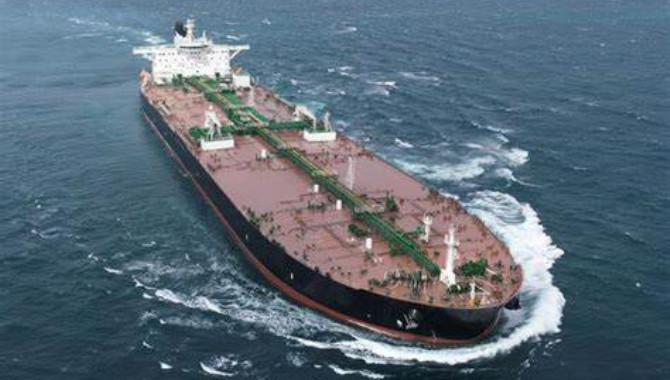
Saudi Aramco in April shipped crude cargoes three times from its leased storage in Okinawa, Japan, to China's Zhoushan using the same VLCC, signaling China's outperfomance in demand recovery from COVID-19 over regional peers and its capacity to absorb extra barrels in the Asian market.
A source with direct knowledge of the matter told S&P Global Platts that Saudi Aramco shipped crude cargoes from Okinawa multiple times to Zhoushan using the VLCC C Innovator in April, and a Zhoushan source with knowledge of the matter said the first two shipments have been made to Zhejiang Petroleum & Chemical.
The Zhoushan-based source added that a third 286,000 mt cargo of Arab Medium and Arab Heavy was co-loaded by the same vessel and arrived near the port at around May 2 but has yet to be berthed for delivery to ZPC.
A Zhejiang Petroleum & Chemical source confirmed Tuesday it is receiving Saudi Arabian crude cargoes from Okinawa as part of its term supply with Saudi Aramco.
The VLCC C Innovator arrived near Zhoushan in China’s east coast on May 2 after sailing from Okinawa on April 30, according to cFlow, Platts trade-flow software. The VLCC had delivered Saudi crude cargoes at Zhoushan from the southwestern Japanese island over April 11-15 and April 22-24, according to cFlow.
Another trade tracker Kpler showed the VLCC C Innovator, which was chartered by Zhejiang Petroleum & Chemical, for arrivals at Zhoushan on April 11 and April 22.
The 400,000 b/d Zhejiang Petroleum & Chemical refinery in eastern Zhejiang province has been operating at a run rate of above 100% in recent months, and 120% in April, according to a Platts survey. The ZPC source also confirmed its refinery has been operating at high rates.
Healthy domestic margins boosted utilization both in state-owned and independent refineries in April. As a result, China’s crude throughput in the month edged up 0.8% on the year to 13.16 million b/d or 53.85 million mt in April, posting the first uptick since the coronavirus outbreak, National Bureau of Statistics data released Friday showed.
Reduced intake
China's intake of the three VLCC cargoes raised a few eyebrows in the Asian market as major refiners across Northeast Asia including South Korea’s SK Innovation, Hyundai Oilbank and several Japanese refiners are focusing on reducing both term and spot crude oil purchases since the companies have been accumulating unprocessed refinery feedstocks and unsold oil products amid demand destruction in their respective domestic markets.
South Korea imported 80.77 million barrels or 2.69 million b/d of crude oil in April, down 15.6% from a year earlier, according to the nation’s latest customs data.
In Japan, at least one refiner was notified by Saudi Aramco of crude allocation cuts of 20-40% for loadings in June, with the cuts being made across grades, with larger cuts in heavier grades.
In contrast, the run rates at China’s major state-owned refineries have increased to around 75.8% of their combined nameplate capacity, from 70% in March. This was a second month-on-month buildup after hitting a record low of 66.4% in February.
“Chinese refiners' capacity to absorb additional term crude supplies might just provide a revenue for other refiners across Asia to offload any of their unwanted crude cargoes in the secondary market,” a trading manager at GS Caltex based in Seoul said.
Saudi Aramco's shipping from Japan's Okinawa takes only a few days to China's east coast, compared with about three weeks for voyages between Saudi Arabia and China.
Saudi Aramco leases 1.3 million kiloliters, or 8.18 million barrels, of crude oil storage capacity at Okinawa for commercial purposes in exchange for prioritizing supply to Japan in the event of an emergency.
Source:Platts
The opinions expressed herein are the author's and not necessarily those of The Xinde Marine News.
Please Contact Us at:







